Tempera – water based painting medium in which the colour pigment is mixed with egg yolk
(Pronounced tem-er-uh)
When she got in a temper, she seized upon (tempera) an egg and threw it into pigment. Nobody saw it as a joke (yolk).
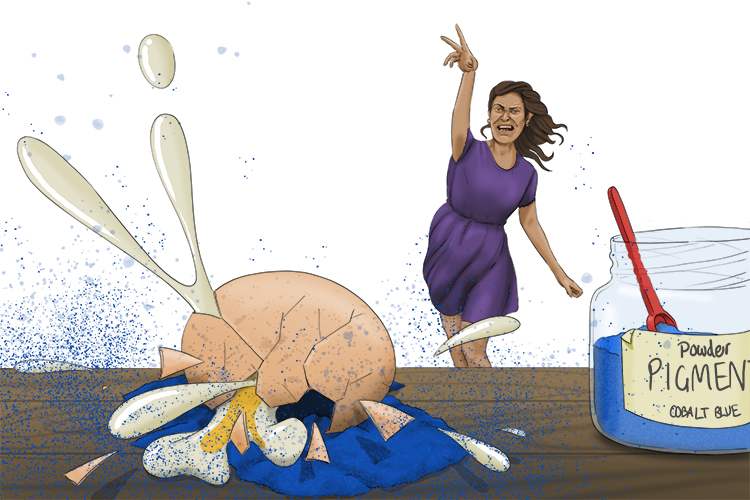
Note: To remember that the yolk is the yellow part of an egg, remember:
Yolk = Yellow
Some of the most famous pieces of art have been painted in egg tempera, by artists such as Sandro Botticelli.

Sandro Botticelli, The Birth of Venus, c. 1486
How to make egg tempera
Rather than a project, we will show you the stages you need to take to make your own egg tempera paints to create a painting of your own.
To do so, you will need a glass, an egg, water, white vinegar, tube of watercolour paint or powder pigments and a small paintbrush.
Note: Some recipes choose not to use vinegar, but it gives you more time (several hours) to use the egg before it spoils.
The first stage is to crack the egg and separate the yolk from the white, you can do this by passing the egg from one half of the shell to the other until all the white has fallen between the shells.
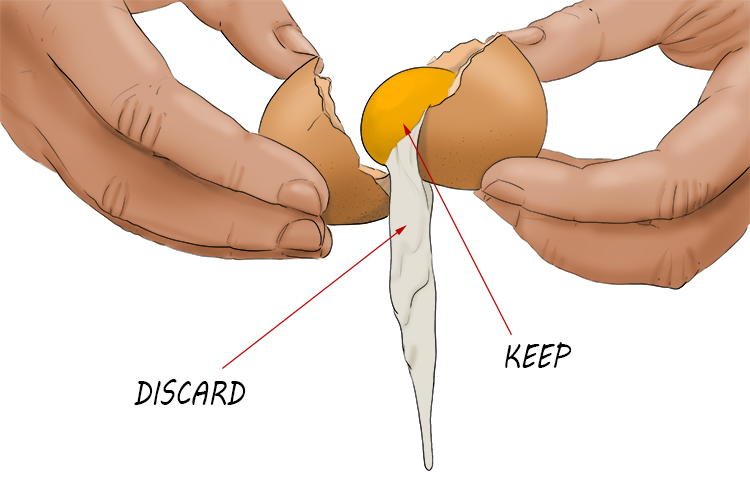
Carefully place the egg yolk into the glass.
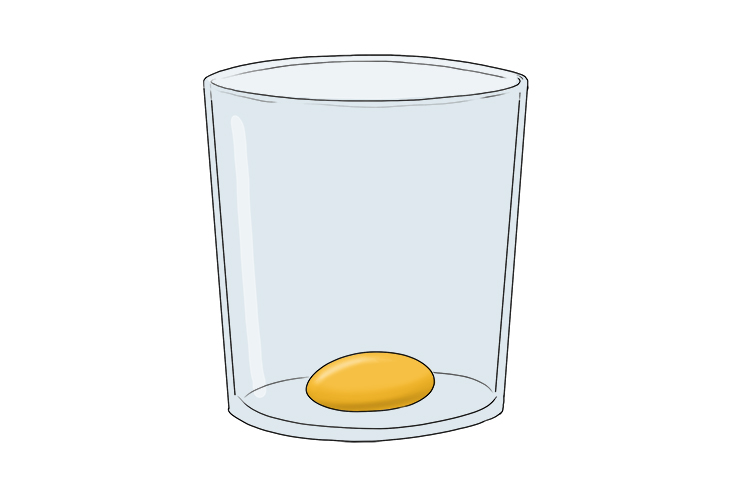
Use the egg shell halves as a measuring vessel and add half an eggshell of water and half an eggshell of vinegar to the glass. Be careful not to break the yolk sack, as it works better intact.

Add the watercolour pigments you wish to use to your palette.

Dip your brush into the water/vinegar solution and let it pierce the egg yolk.
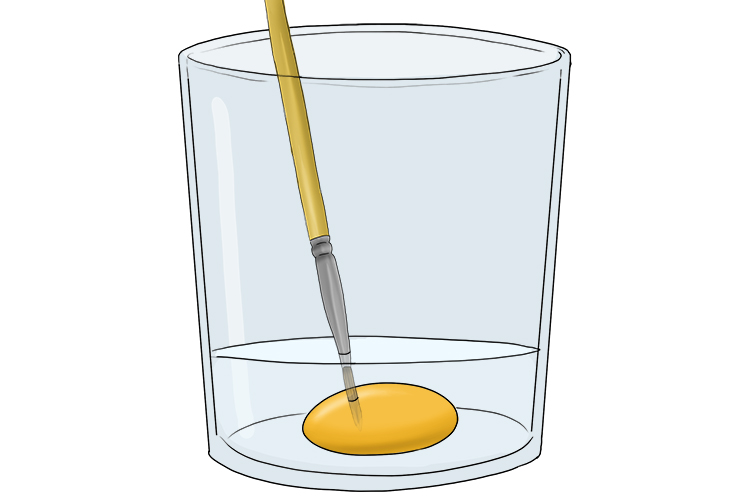
Once you have the egg yolk/water/vinegar on your brush, you can use it to dilute your pigment and paint.
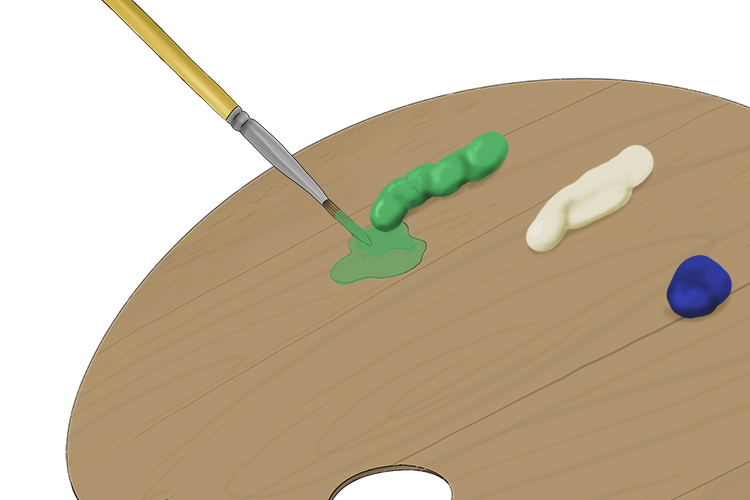
Note:
There are a few things to remember when painting with egg tempera:
- The pigment will be semi-transparent. This means you can build up layers of colours as it dries fast between layers.
- If you choose not to use the vinegar, the paint will be slightly more luminous and shiny, but you will only get around an hours usage from it.
- IT WILL SMELL! Because you are painting with egg, it is going to smell as it dries. This is completely natural but if you put your painting to one side, it will dry completely and stop smelling after a few days.
You are now ready to paint with tempera – good luck!




